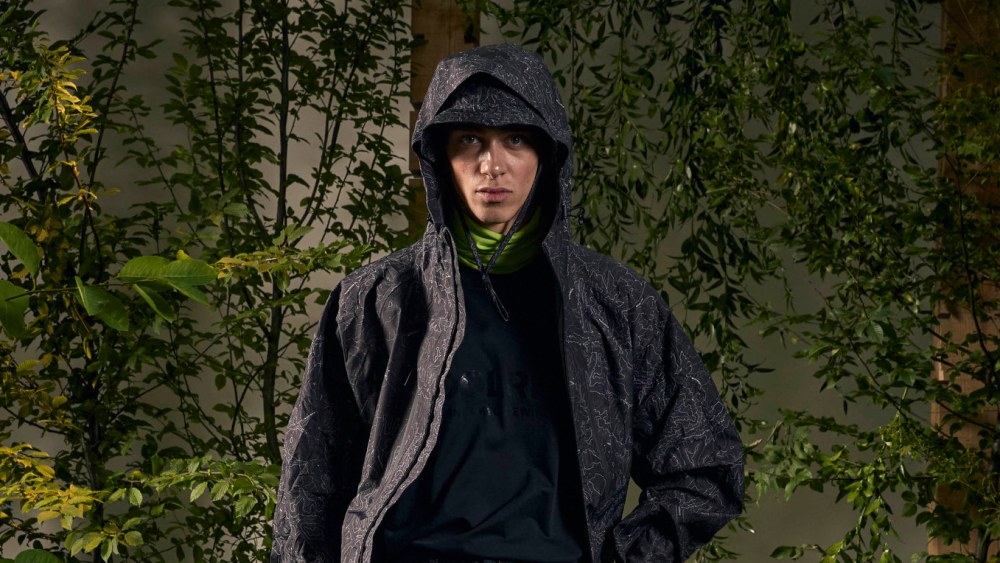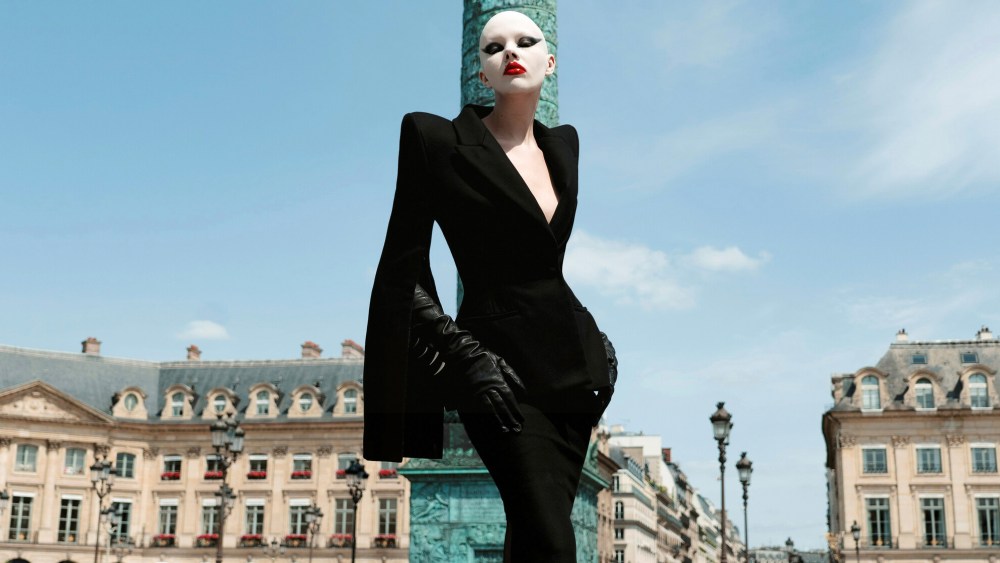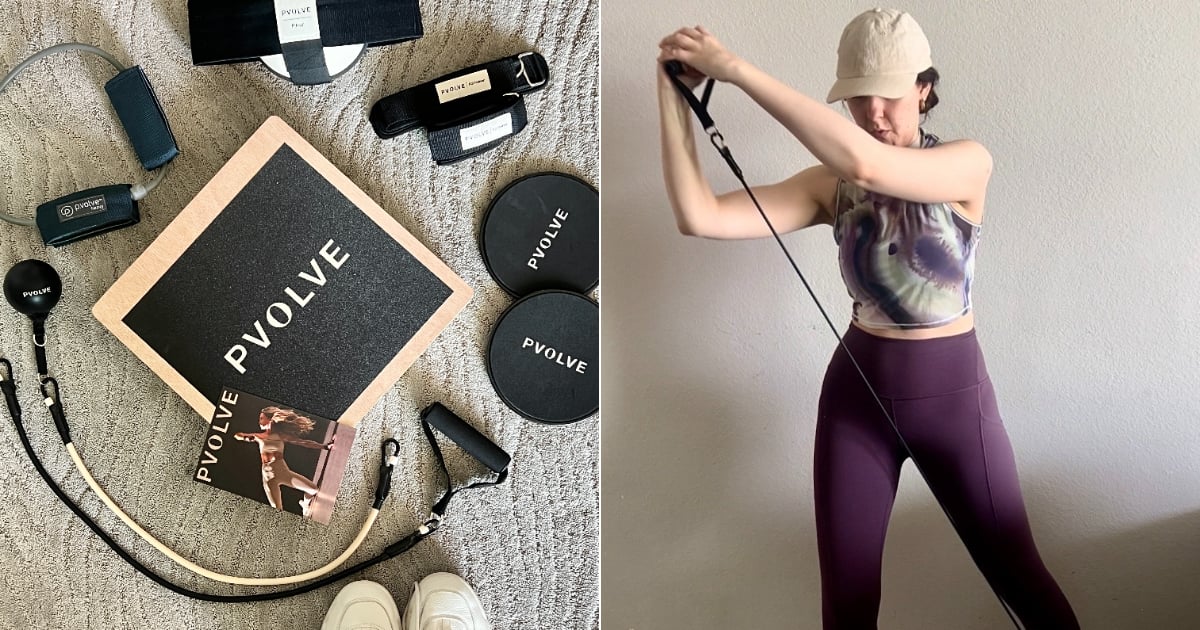Danika Ellis founded The Lesbrary out of frustration. It was 2010, the “heyday of book blogs,” but her search for sapphic literature led only to a few lesbian titles amid a sea of gay male romance. There were no blogs doing what she wanted them to do. So she reluctantly made one herself.
Fourteen years later, the landscape has totally changed. First, the catch-all use of “lesbian” to describe the category of non-men who date other non-men has been all but replaced by the more inclusive “sapphic” or “WLW” (women-loving women). Today’s queer women have more visibility than at any point in history, from midwest princess Chappell Roan to sapphic fight clubs and smooching Olympians. And contemporary literature, Ellis’s primary focus, is more than keeping pace with the cultural shift.
“When I was first writing about them I could at least think I could keep up with all the mainstream releases of sapphic books in a year, but now that’s not remotely the case,” Ellis tells PS. And while the sapphic book category at large has blown up, a new literary niche that was once synonymous with pre-teen boys and middle-aged men has now been sapphicized, too: comics.
Though Mary Wings’s “Come Out Comix” (1973) is considered the first lesbian comic book, it wasn’t until Alison Bechdel’s 2006 “Fun Home,” which gained all new popularity after its 2015 Broadway musical premiere, that a WLW graphic novel hit the mainstream. Before that, sapphic comics were mostly written off as time-consuming DIY hobbies with a fanbase buried deep underground. But Ellis says the demand not only for queer female representation but queer female authorship has grown significantly louder just in these last five years, and popular indie publishers like Dead Sky, Northwest Press, and Iron Circus Comics are paying attention.
Throughout its long history, which dates back to 19th century newspapers, the comics medium has largely ignored sapphic plots, characters, authors, and illustrators. In 1991, there was graphic lesbian erotica like “Carmilla,” illustrated by and based on a story written by men. In 2006, Batwoman “came out” as a lesbian, though some believe her character was first introduced by DC Comics in 1956 as a romantic interest for Batman, to counteract the charge that he and Robin were “promoting a gay lifestyle.”
But today, a new era for comics has dawned: While comics-lovers were once stereotyped as sloppy incel-types who live in their mothers’ basements (see: Comic Book Guy from “The Simpsons”), the medium has expanded massively, propelled by a new wave of queer creators, and encompasses all different genres and styles – not just male superheroes and detectives.
The early success of graphic memoir “Fun Home” set the tone for the queer comics that came directly after it, Ellis says. If it wasn’t “super literary,” it was unlikely to be published. But today, the much pulpier Japanese manga, which Ellis loves, is the number one search term that brings people to the Lesbrary, and the changes even within the subcategory have been notable over the last several years.
“When I was first reading [sapphic manga], it was the same thing coming over in English translations – two schoolgirls blushing at each other. Now there’s actual queer manga coming out using words like ‘lesbians,'” she says.
“DEPROG,” a new comic series published by Dead Sky this month, blends body horror with crime thriller for a darkly kinky tale that transcends time and space. It follows Tate, a “hard-boiled leather-loving detective who specializes in deprogramming cult victims,” and a “femme who might just be fatale” who needs help saving her brother from the very cult Tate herself once escaped.
Author Tina Horn, also a journalist and professional dominatrix, says for this project, she really wanted to “savor” the campier elements of crime thrillers. “The genre that we’re working within is pleasure for pleasure’s sake, it’s style from top to bottom and that is just so delicious,” she says.
That classic campy aesthetic is also native to queer culture, which Horn says may explain some of the draw. “DEPROG” illustrator Lisa Sterle, creator of the “Modern Witch Tarot deck,” adds that the barrier to entry for comics is lower than many other creative mediums, making it more accessible to voices that might not otherwise receive institutional support. Instead of pitching a multi-million dollar project that will take years to produce, a modern-day comic artist can publish relatively quickly and with a small budget.
“What’s cool about comics is that they can kind of stay ahead of or be very contemporary and more aware of the zeitgeist and respond to it or be inspired by it, or warp it in a certain way,” Sterle says.
Jenifer Prince agrees. She’s a Brazil-based illustrator whose recent work includes the cover art for Nico Vincenty’s sapphic sci-fi comic “A Swift and Sudden Exit,” published in May, and her WLW comic illustrations have earned her 359,000 followers on Instagram.
But Prince also notes that mainstream American comics were long censored by the Comics Code Authority, which “had a strong influence” on the sanitizing of gay characters and stories until 1989. Because of that, “the history of inclusivity of queer voices and perspectives is pretty recent,” she says. “So even though there is inclusivity, we still have a long way to go.”
Ellis feels similarly. “We’re starting to see more diverse representation, more trans characters in sapphic comics, more people of color writing and being represented,” Ellis says. But more expansive diversity is still a work in progress.
The nostalgia is palpable in both Prince’s illustrations and the pages of “DEPROG,” each a cheeky nod to the iconic comics of a bygone era, when women were sidelined by intrepid men. But if their style is sentimental, it’s not for that version of the past. It’s for the fungible, fantastical worlds constructed by generations of queer artists like themselves, whose eyes and leather chokers have always pointed toward a freer future, even when it felt further out of reach.
“It’s partially out of necessity because we don’t see literal representations of who we are and how we fuck and what kind of adventures we want to go on, but queer people think in metaphor, we think in symbolism,” Horn says. “It’s the way that our imaginations work.”
Emma Glassman-Hughes is the associate editor at PS Balance. Before joining PS, her freelance and staff reporting roles spanned the lifestyle spectrum; she covered arts and culture for The Boston Globe, sex and relationships for Cosmopolitan, travel for Here Magazine, and food, climate, and agriculture for Ambrook Research.




